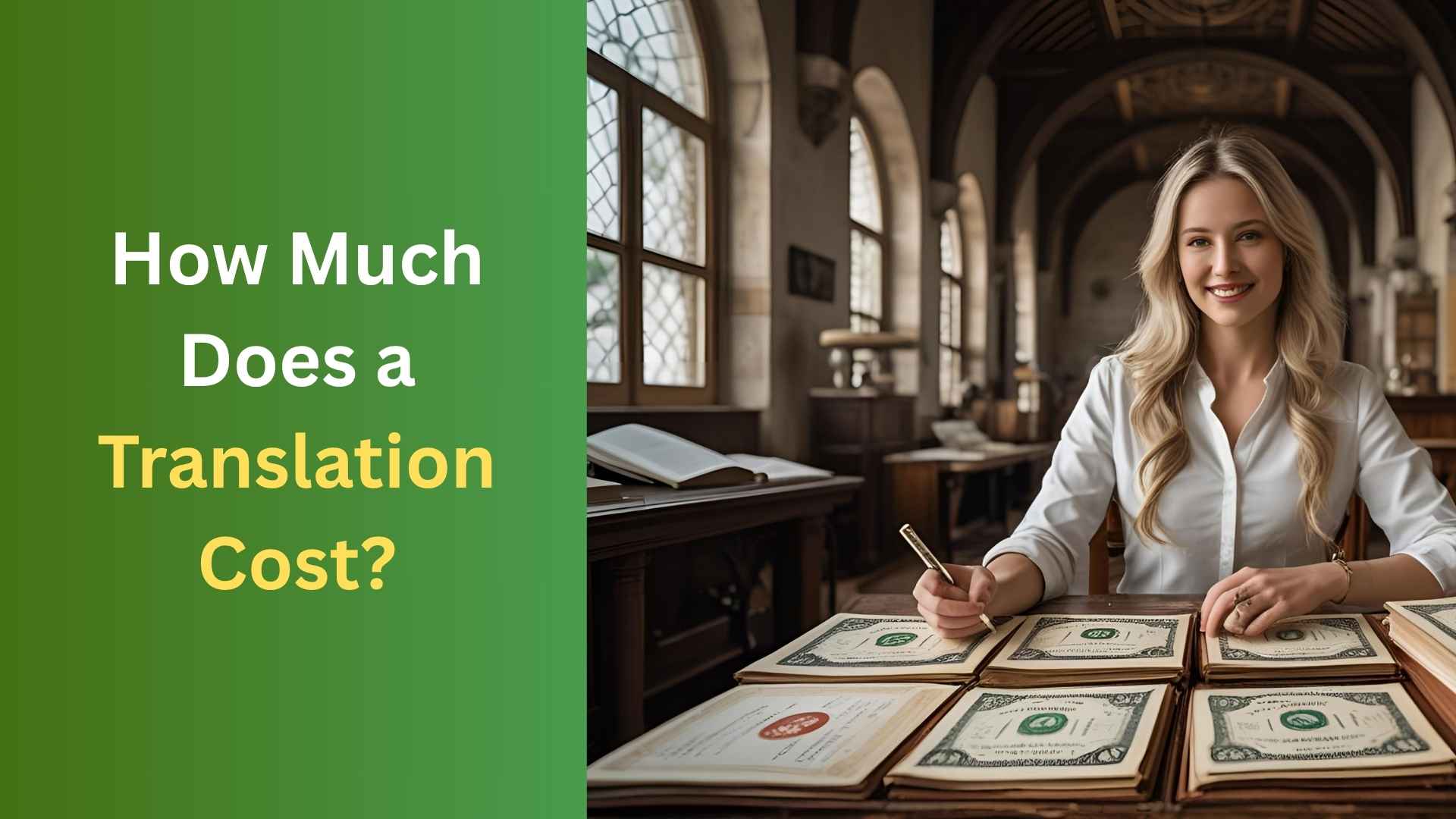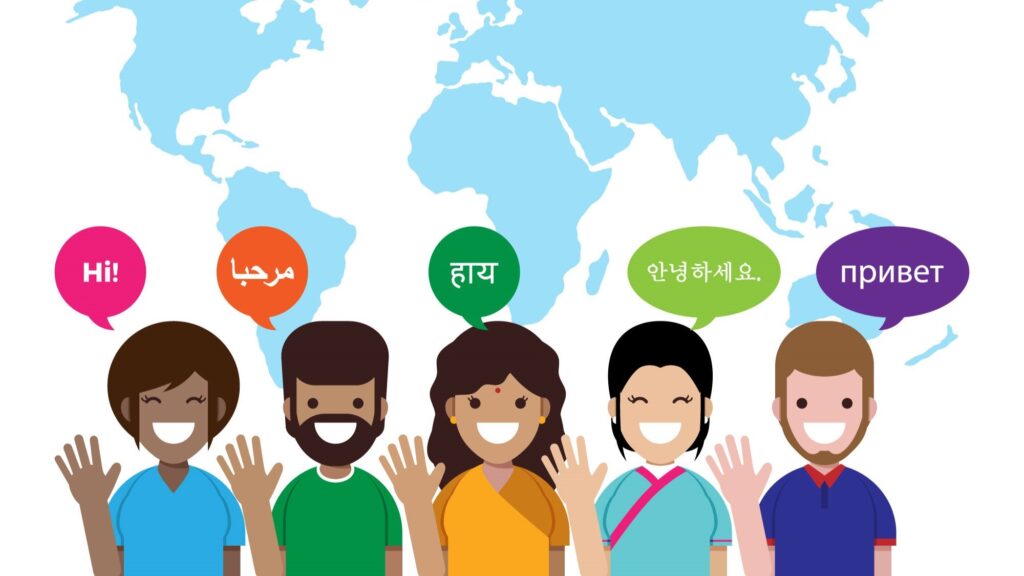As global businesses continue to grow, the demand for high-quality translation services is at an all-time high. Whether you’re a startup looking to enter new markets, or an individual in need of certified document translation, understanding how much a translation costs in 2025 is essential.
This guide breaks down all the key pricing factors, average rates, and insider tips to help you make informed decisions and budget wisely for your translation needs.
1. What Determines the Cost of Translation?

Translation costs aren’t fixed—they depend on a variety of factors. Here’s what impacts the pricing:
- Language Pair: Translating from English to Spanish is typically more affordable than English to Japanese or Korean due to language availability and complexity.
- Subject Matter: Technical, legal, or medical documents require specialized translators, which raises the cost.
- Volume of Content: The more words or pages to translate, the higher the cost—but bulk rates may apply.
- Urgency: Need it in 24 hours? Be ready to pay a premium for rush delivery.
- Type of Translation: Certified translations or those involving localization (adapting for a region) tend to cost more than general content.
2. Translation Pricing Models in 2025
Different translation agencies use different pricing models:
- Per Word: Most common method; perfect for emails, websites, documents.
- Per Page: Typically used for legal or government documents (standard 250–300 words/page).
- Per Hour: Used for consultations, revisions, or live translation.
- Project-Based: Custom quotes for large or complex projects.
- Subscription/Retainer: Ideal for companies needing ongoing translations.
3. Average Translation Costs (2025 Estimates)
| Pricing Type | Average Rate (USD/INR) |
| Per Word | $0.08–$0.25 |
| Per Page | $20–$100 |
| Per Hour | $30–$100 |
Note: Certified translations and rare language pairs may cost more.
These estimates vary based on the region, translator experience, and industry expertise required.
4. Cost Breakdown by Industry
Each industry has its own nuances when it comes to translation:
- Legal Translation: Requires accuracy and compliance with regional laws. Expect premium rates.
- Medical Translation: Needs subject-matter experts familiar with medical terminology.
- Marketing & Content: Focuses on tone and cultural sensitivity—includes localization.
- Technical/Software Translation: Involves diagrams, code snippets, and user guides, requiring precision.
5. Human vs. Machine Translation Costs
| Aspect | Human Translation | Machine Translation (AI) |
| Cost | Higher | Lower |
| Quality | High | Varies (may need editing) |
| Use Case | Legal, marketing, formal | Internal docs, bulk texts |
Machine translation can be cost-effective, but human translators are essential for accuracy, tone, and cultural context—especially for business communication.
6. Hidden Costs to Watch Out For
Don’t let these extra charges surprise you:
- Revisions & Proofreading: Often billed separately unless included in the package.
- Formatting & DTP: For brochures, PDFs, or complex layouts.
- Certification Fees: Required for legal, visa, or immigration purposes.
- Rush Fees: Urgent turnaround times can add 25–100% to the cost.
7. How to Estimate Your Translation Project Cost
You can get a rough estimate by multiplying the word count by the average rate. For example:
2,000 words × $0.10 = $200
Better yet, use a translation cost calculator or request a quote from a trusted agency like VerboLabs to get a customized estimate.
8. How to Save on Translation Costs
Here are smart ways to reduce your translation expenses:
- Use Glossaries: Ensure consistency and reduce rework.
- Plan Ahead: Avoid rush fees by allowing ample time.
- Bundle Projects: Get better rates for large volumes.
- Leverage Translation Memory: Ideal for recurring content.
- Choose Reliable Agencies: Avoid cheap but low-quality providers—redoing translations costs more in the long run.
9. Why Professional Translation Is Worth the Investment
Investing in professional translation pays off in multiple ways:
- Builds brand trust with your global audience.
- Ensures accuracy and legal compliance.
- Prevents miscommunication that could hurt your reputation.
- Helps you scale into international markets with confidence.
While the cost may seem high upfront, the long-term benefits far outweigh the expense.
Conclusion
Translation costs in 2025 vary widely based on language, content type, and service quality. Whether you’re looking for a basic document translation or a full-blown multilingual content strategy, understanding the cost structure helps you make the best choice for your budget.

Need a Precise Quote?
Contact VerboLabs today to get professional, affordable, and accurate translation services customized to your needs.



